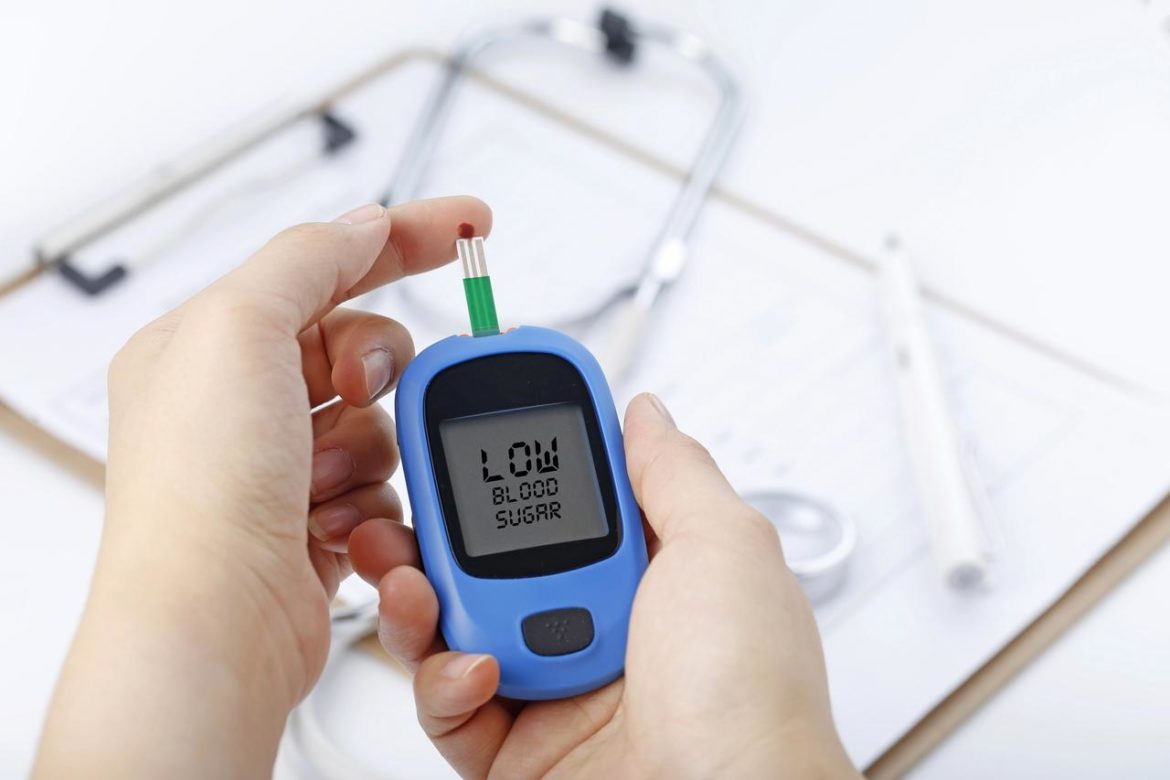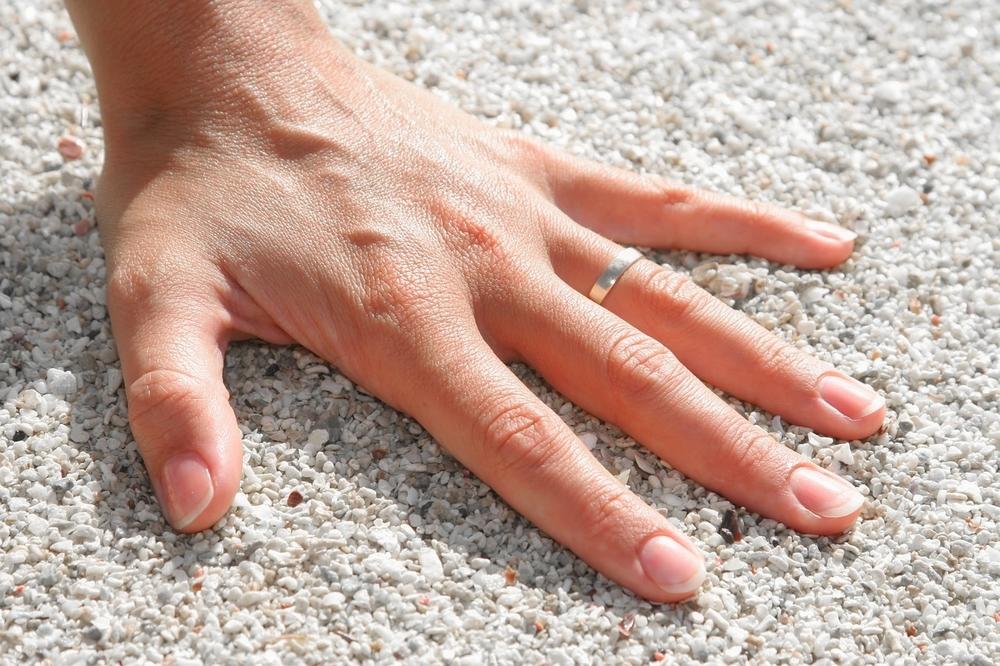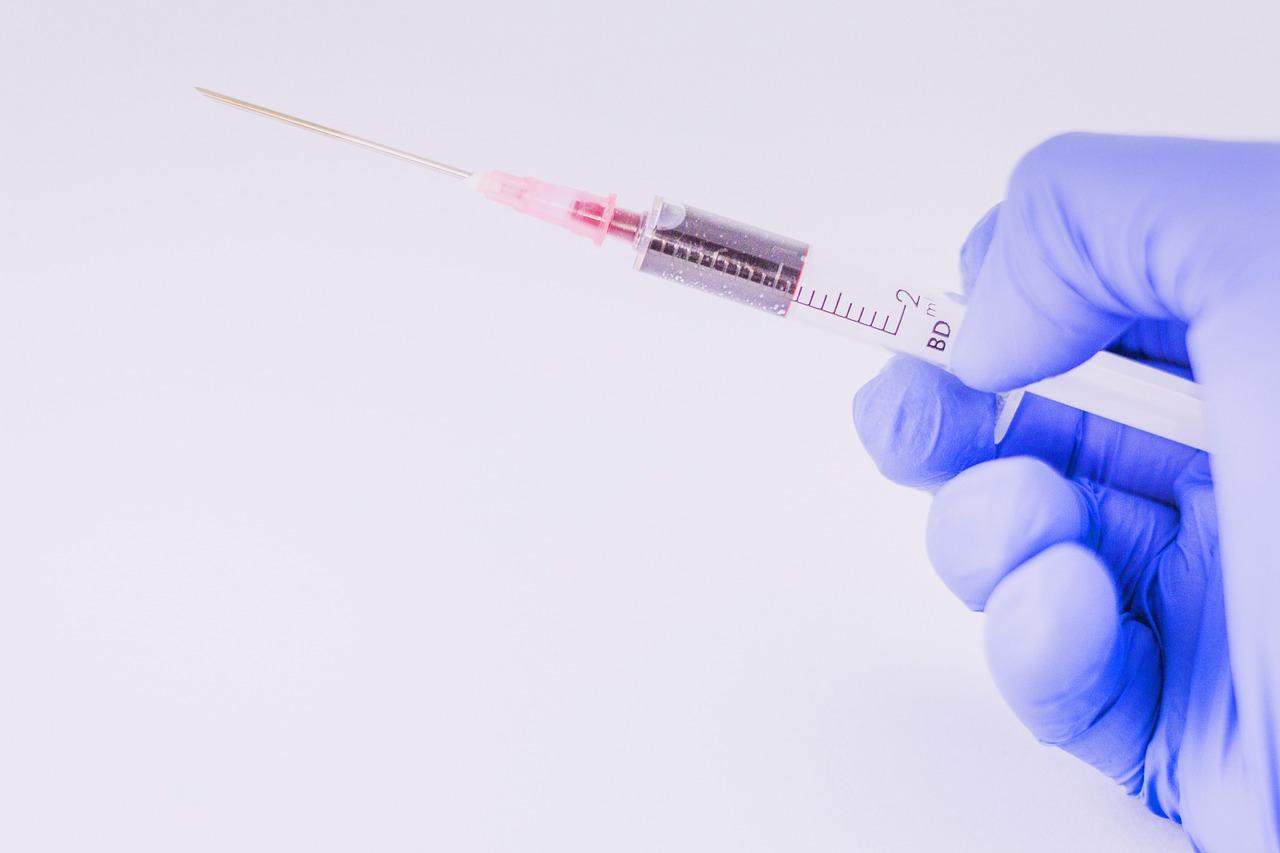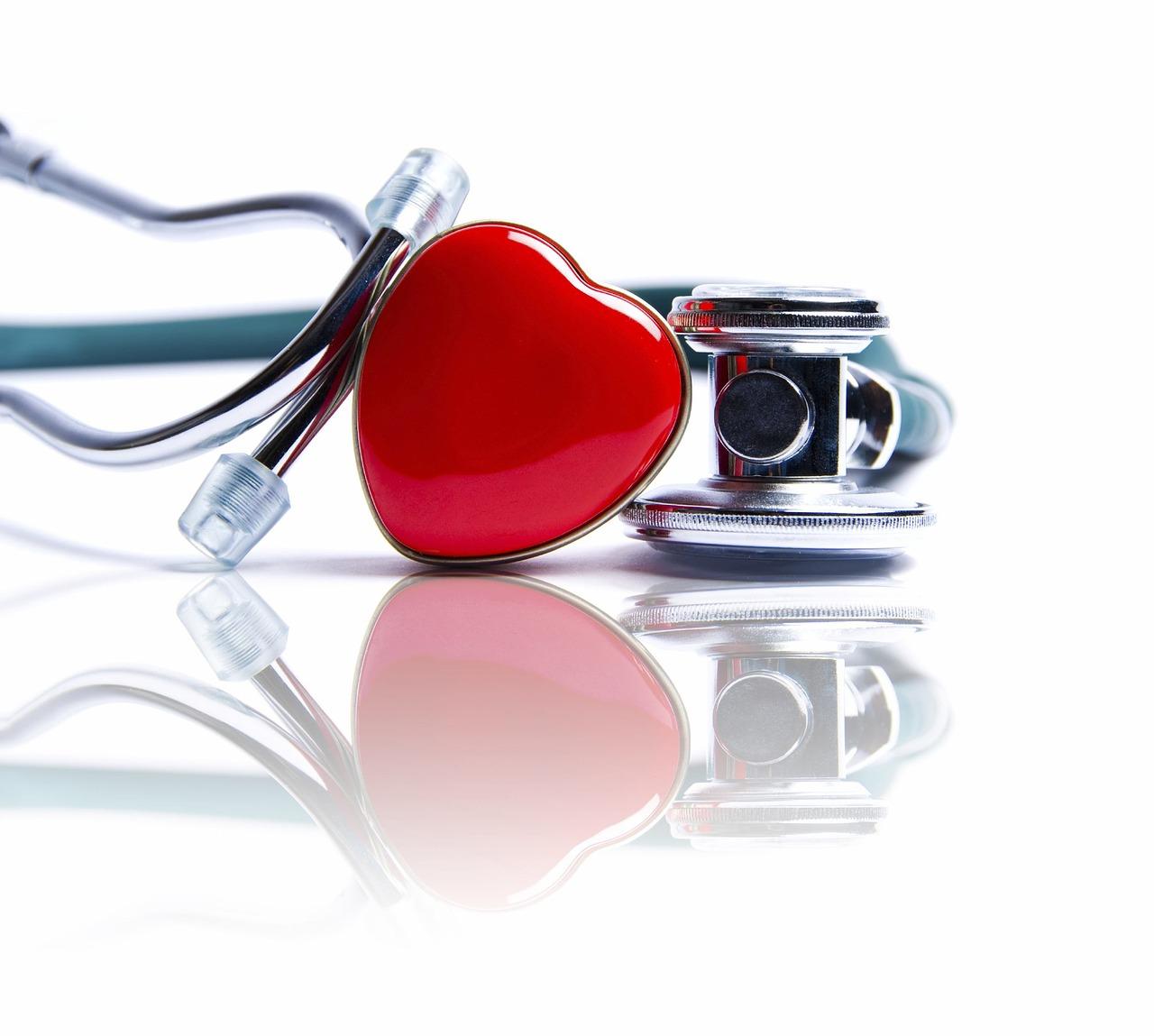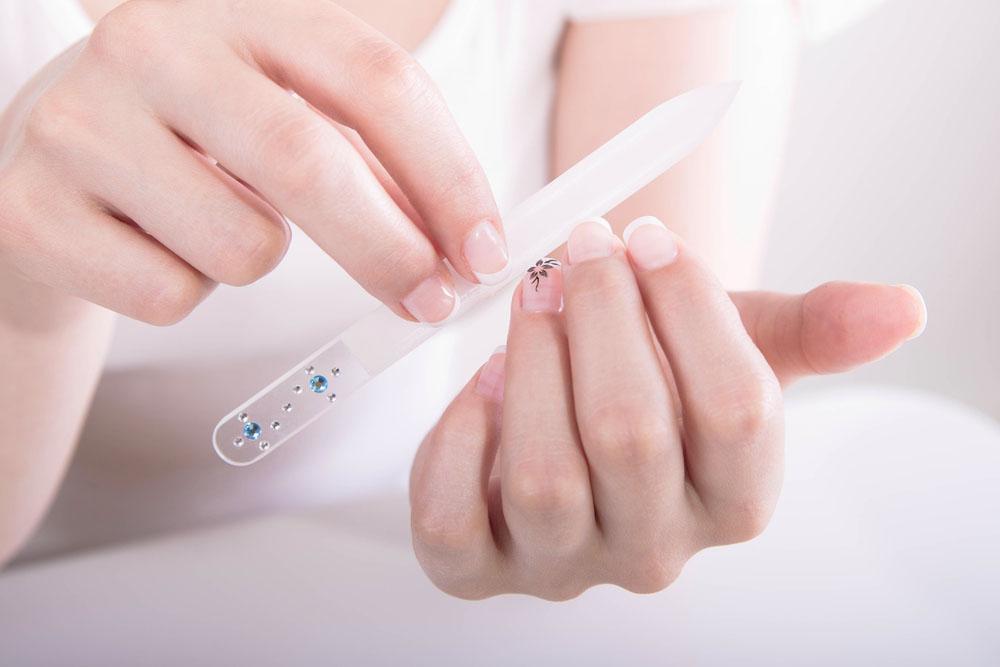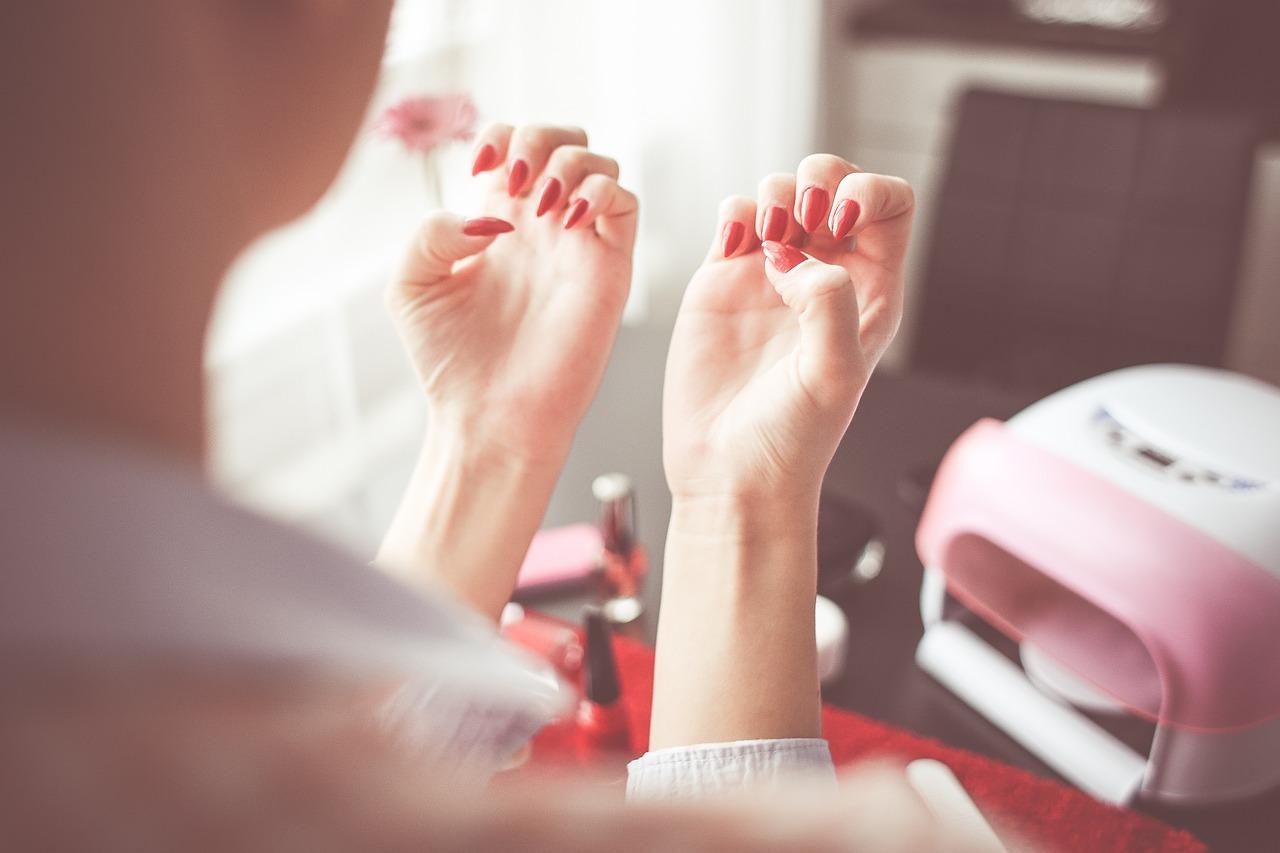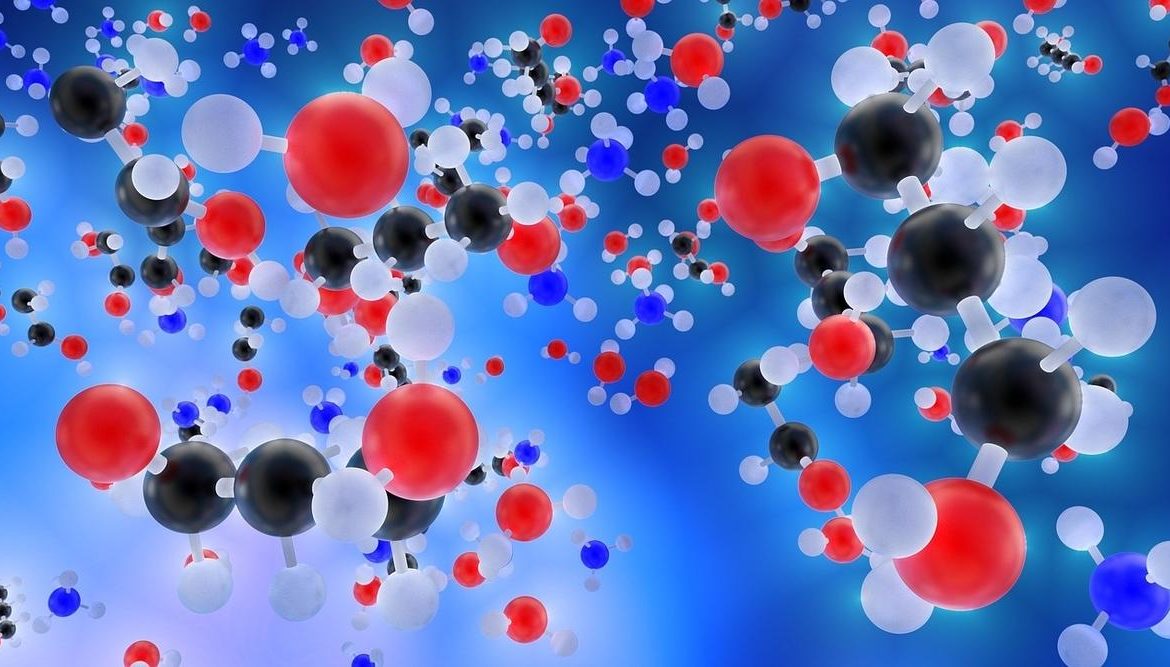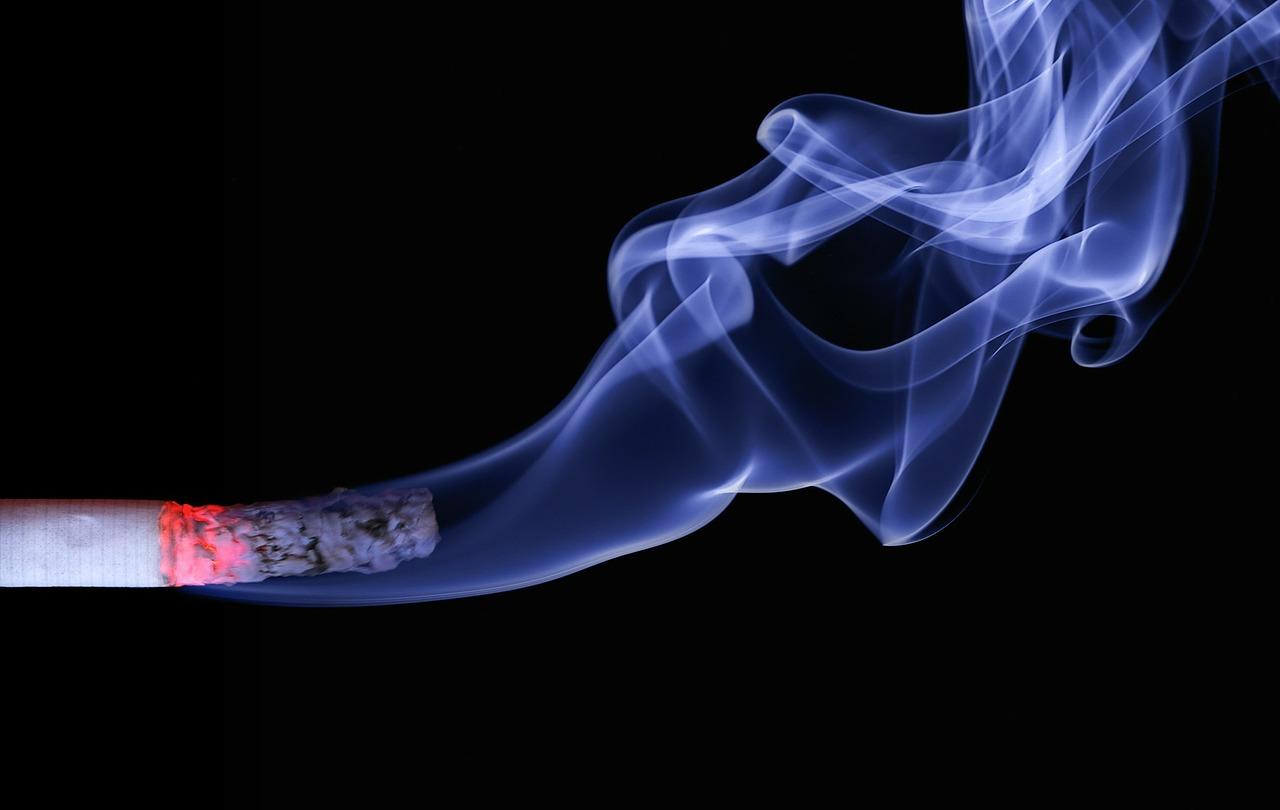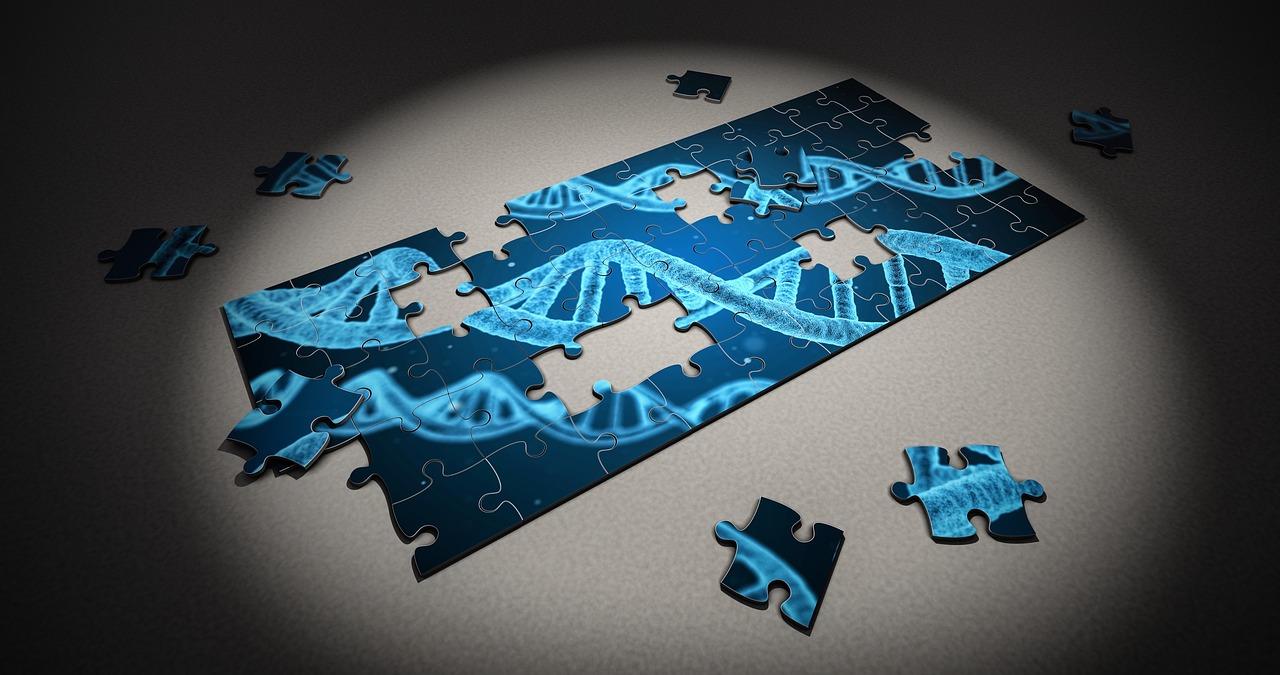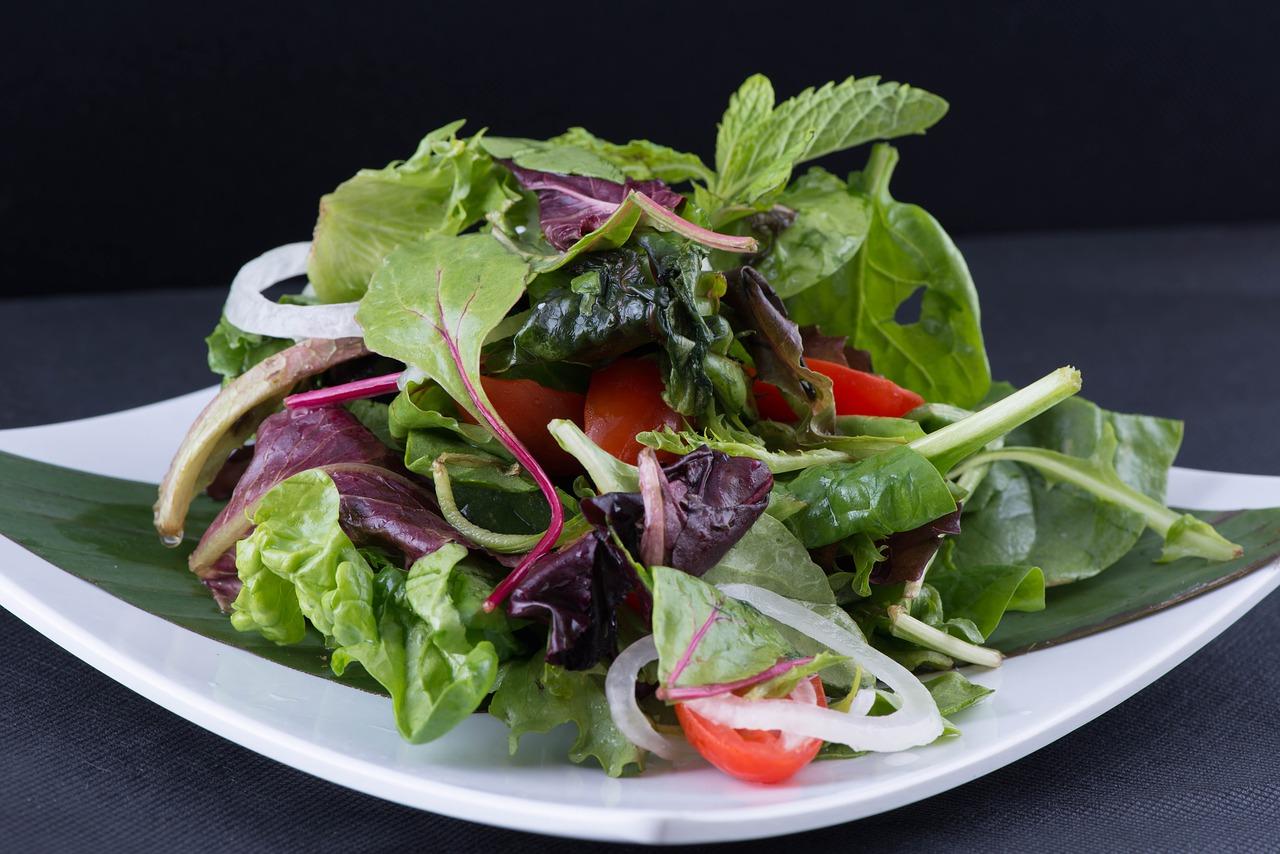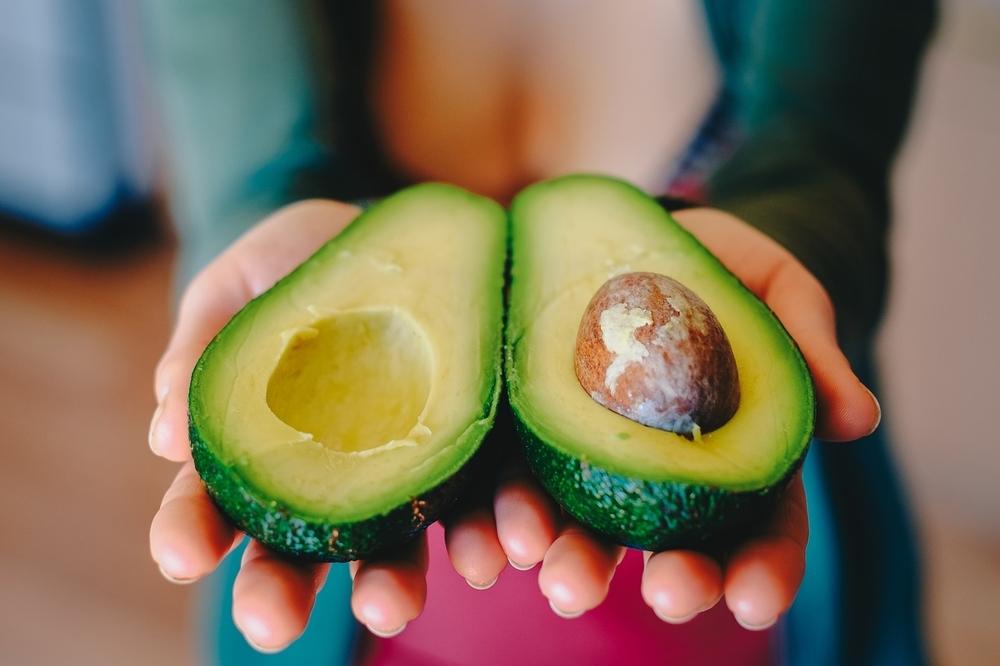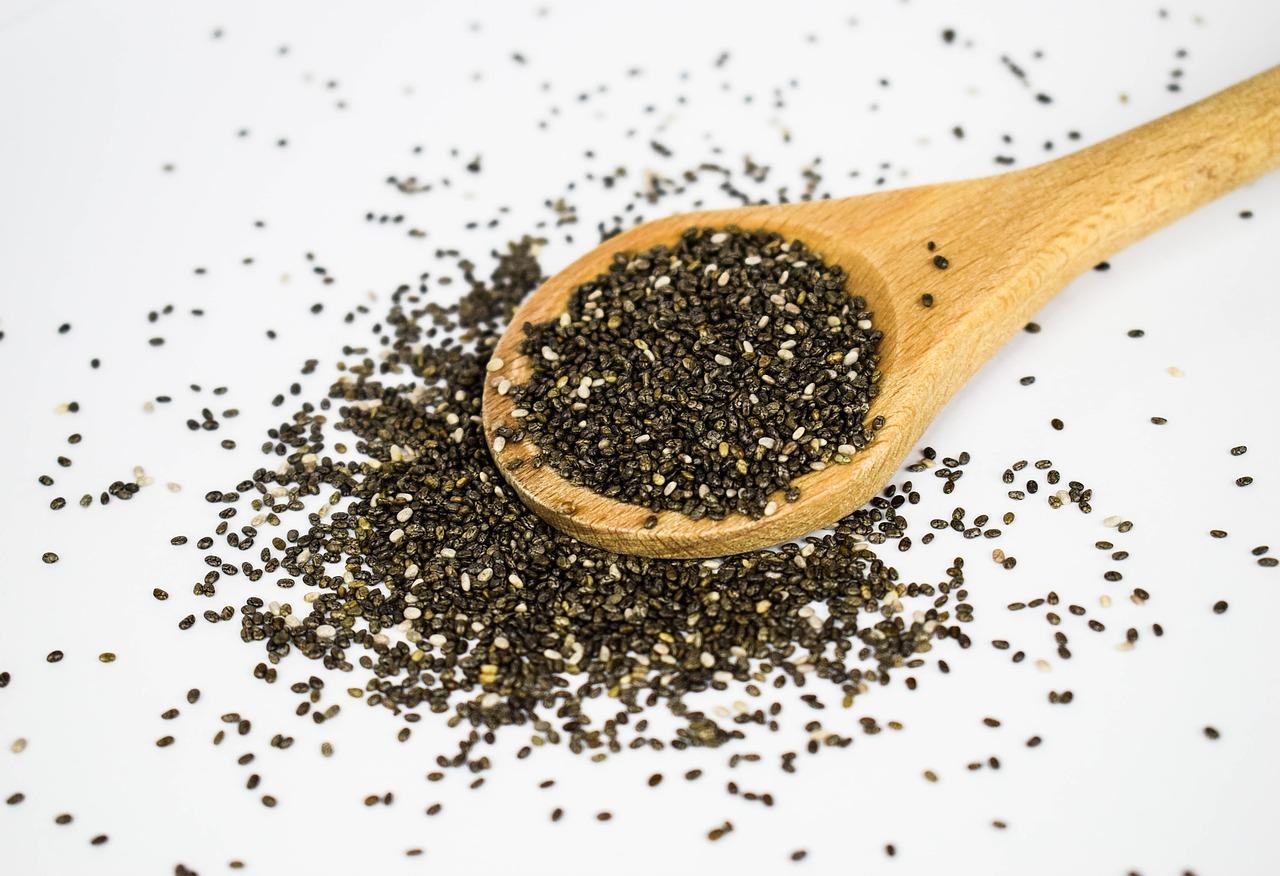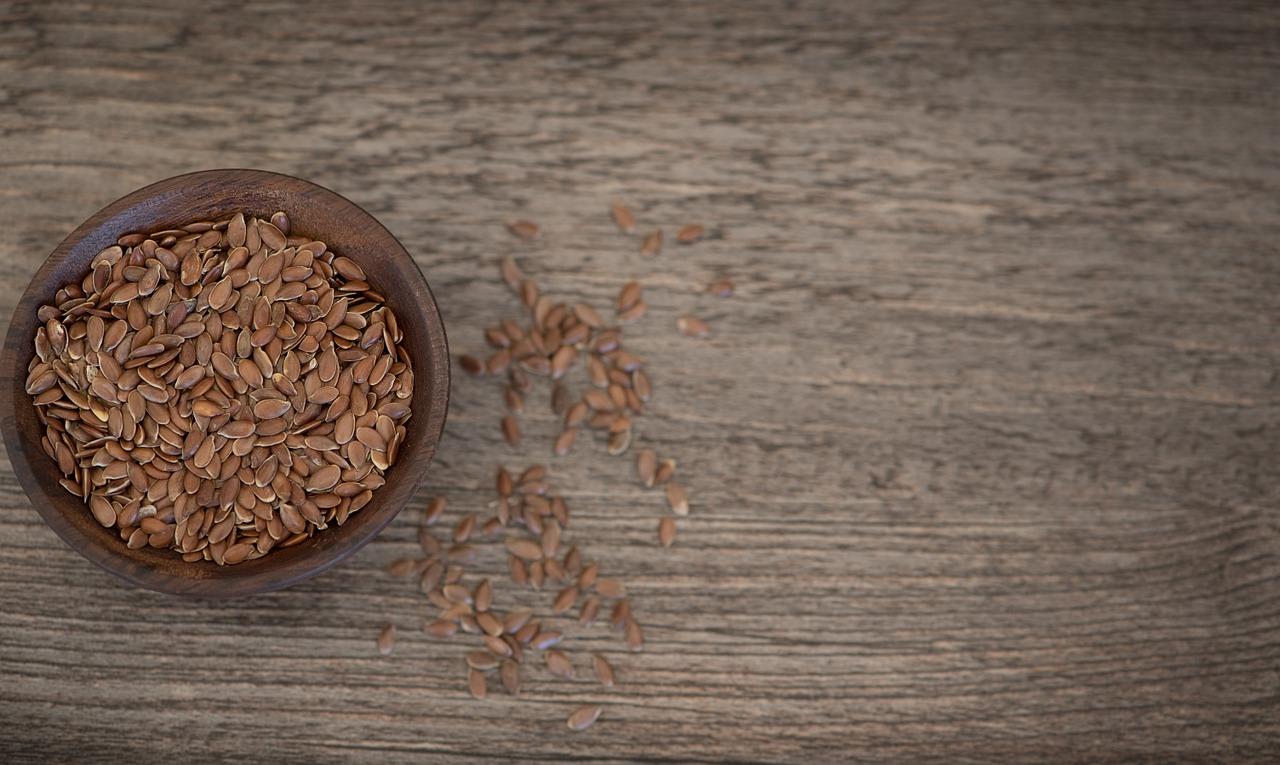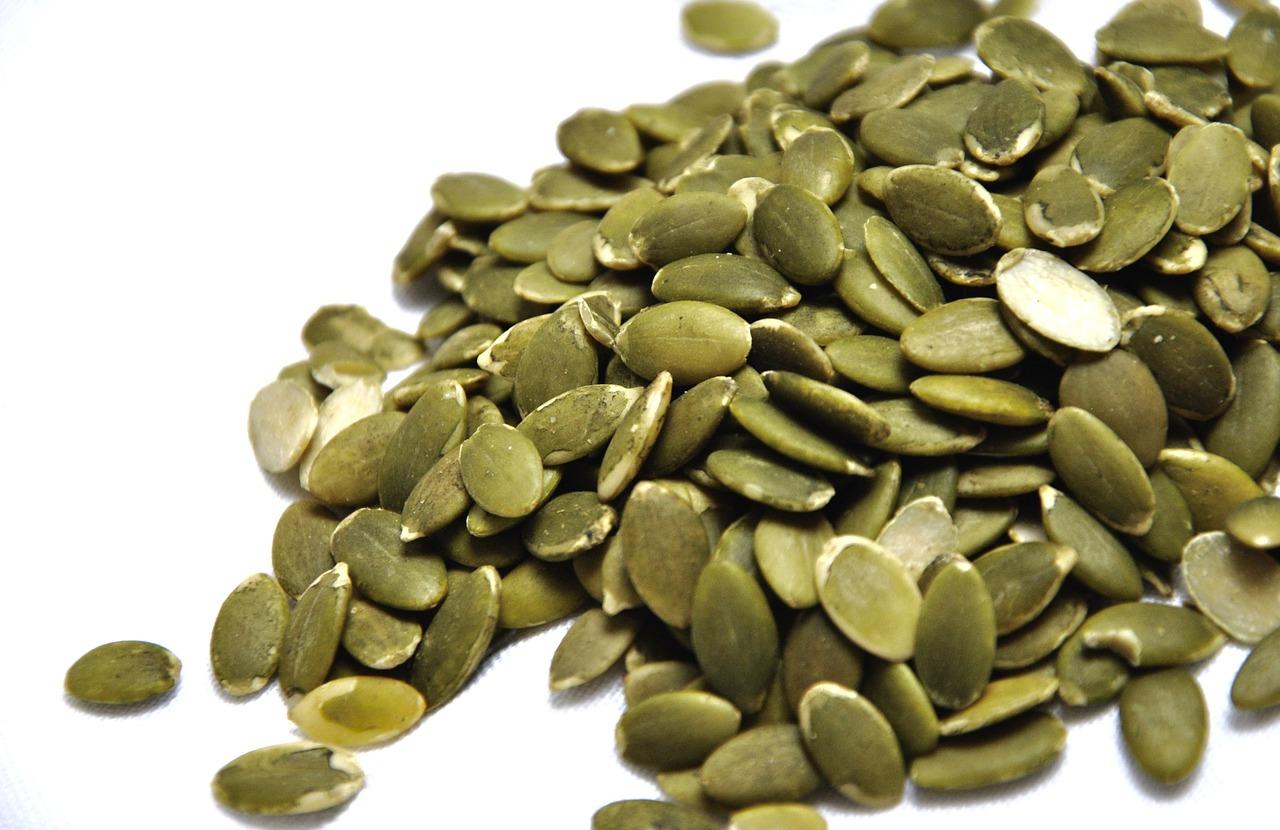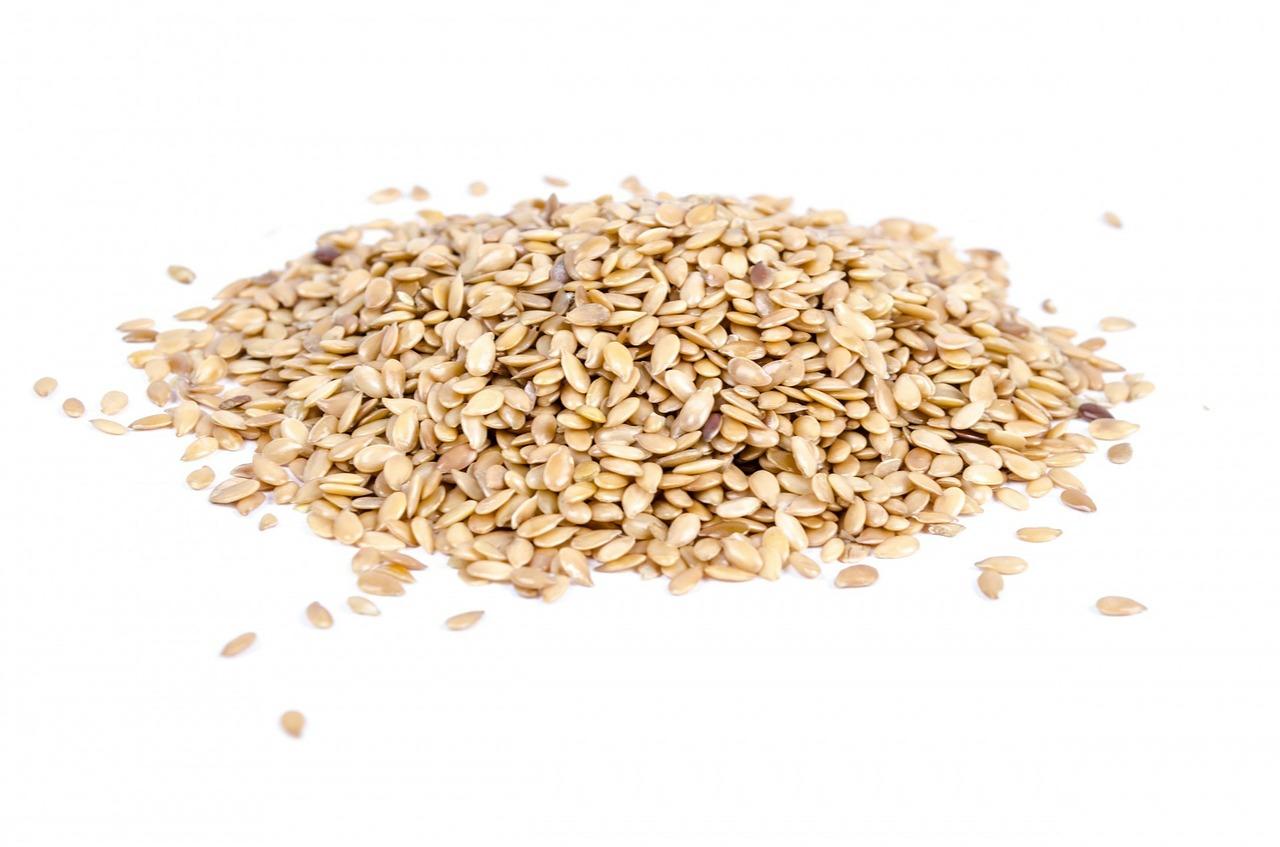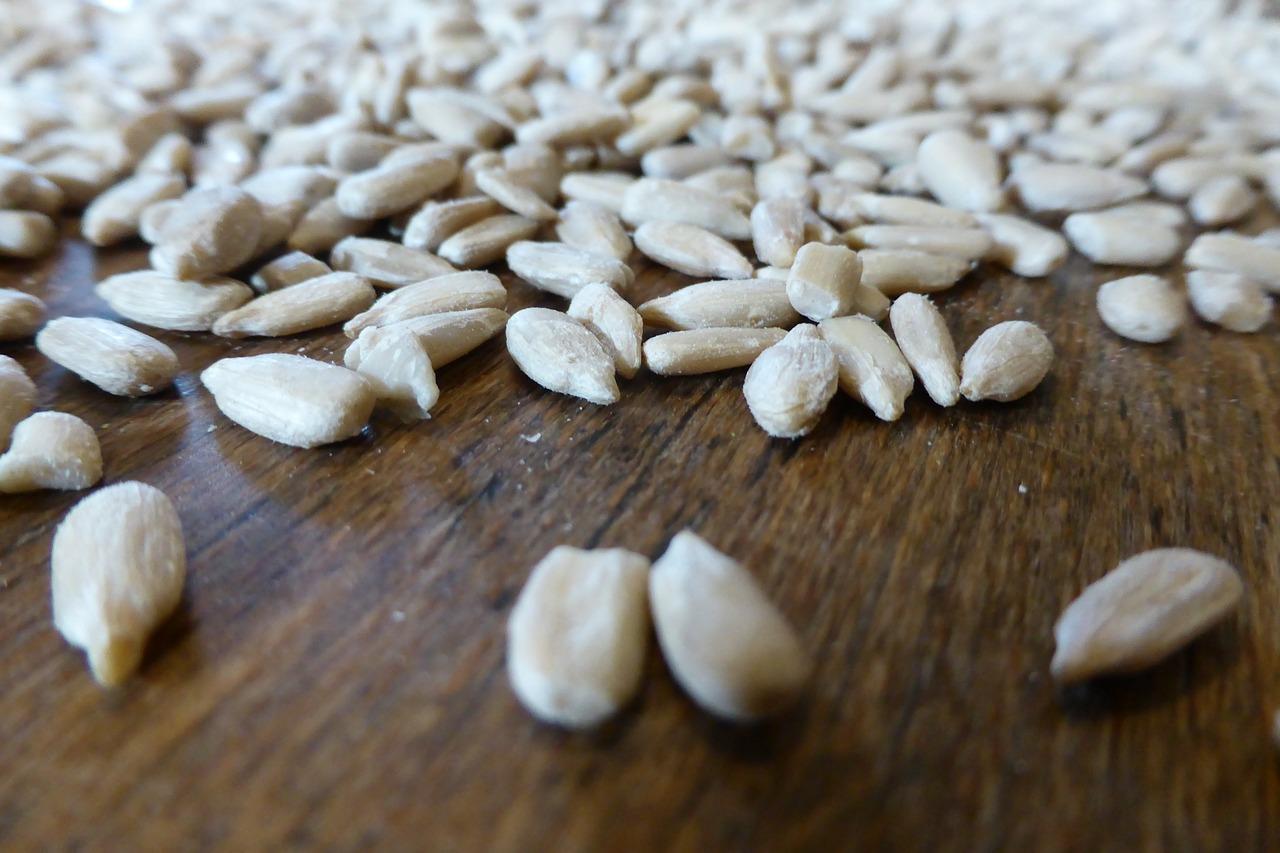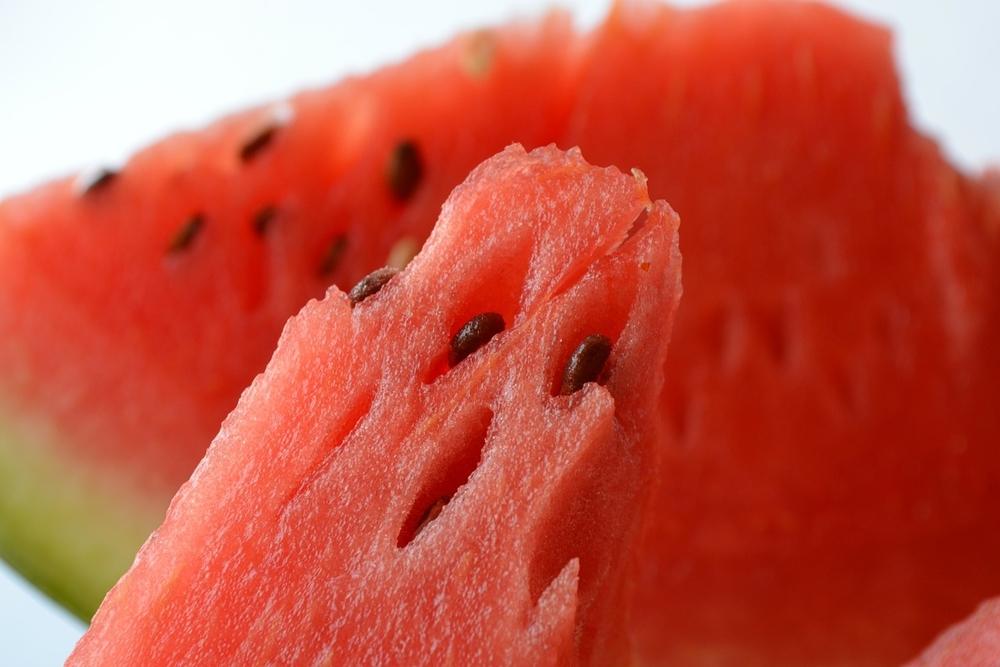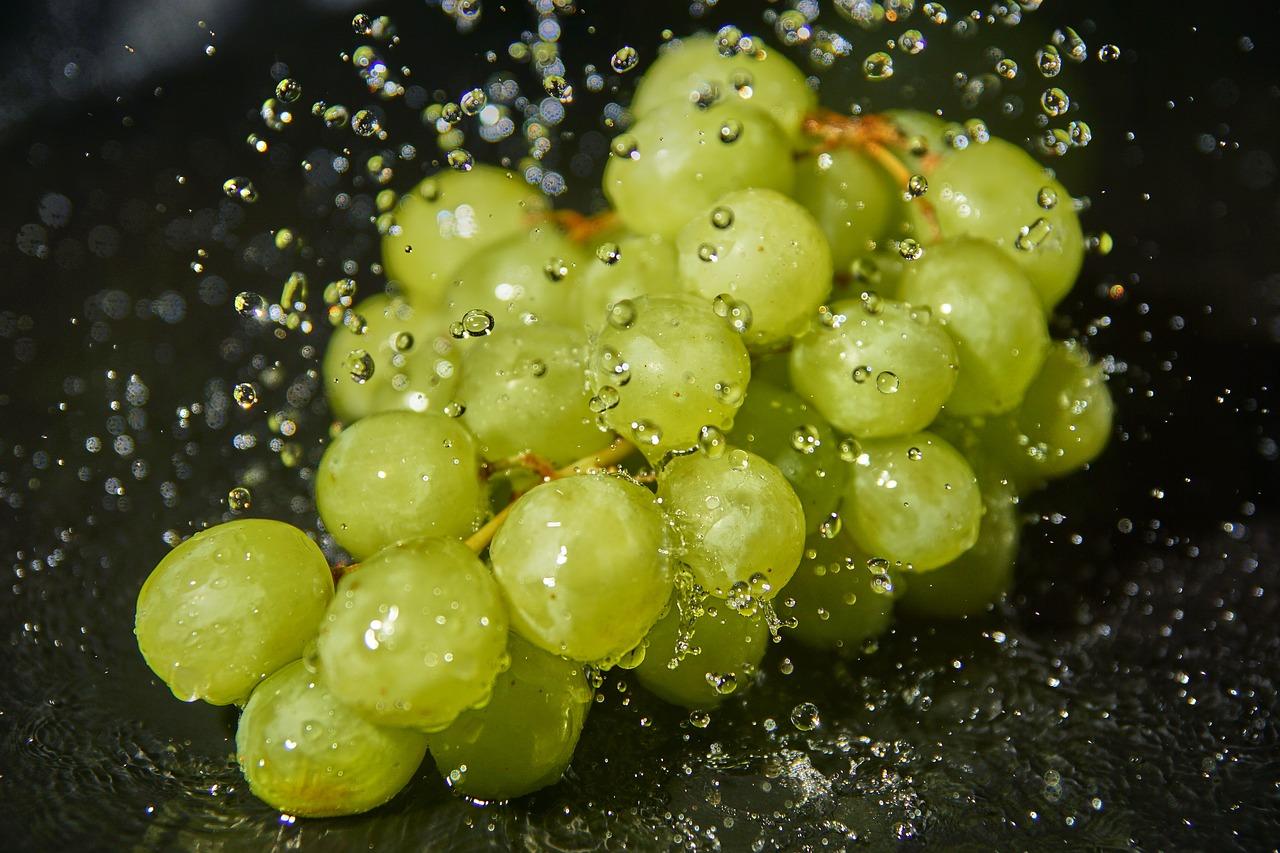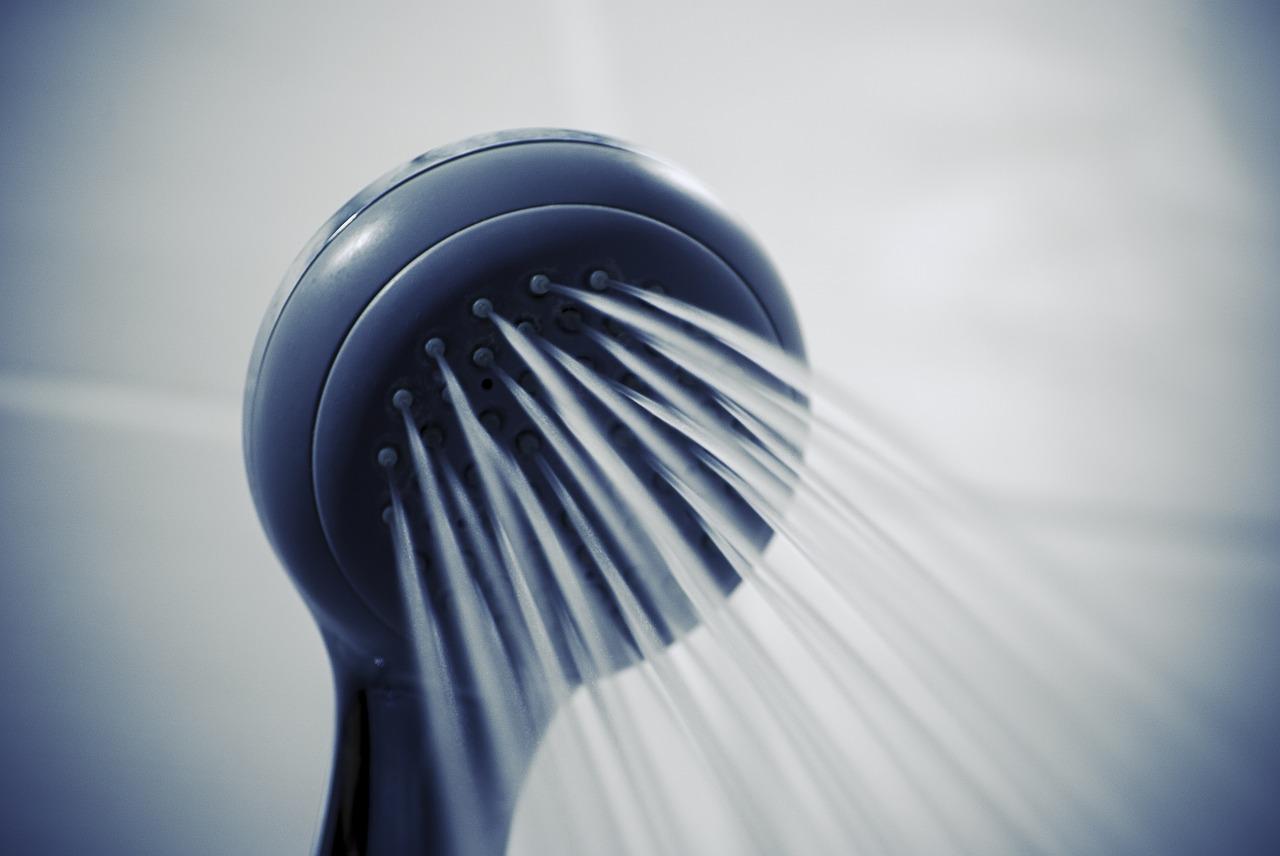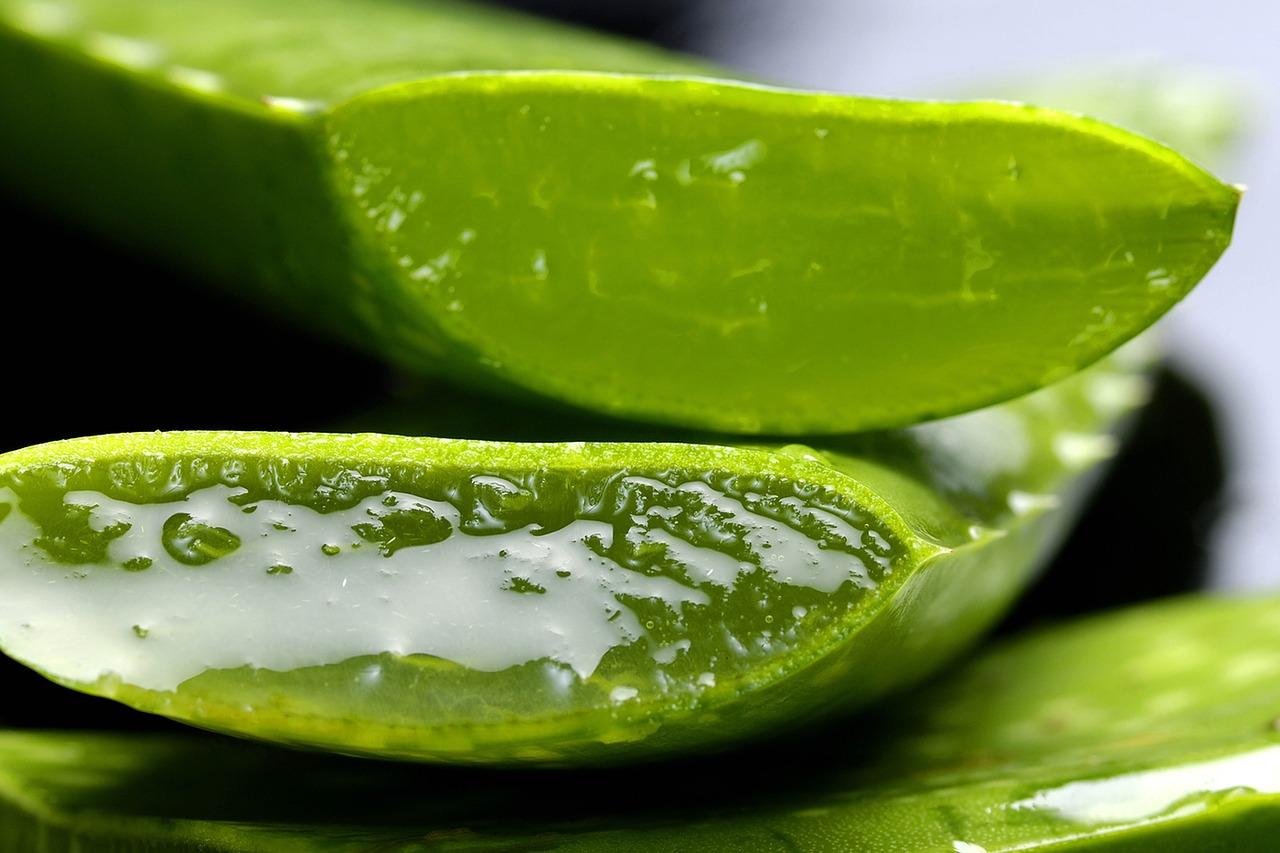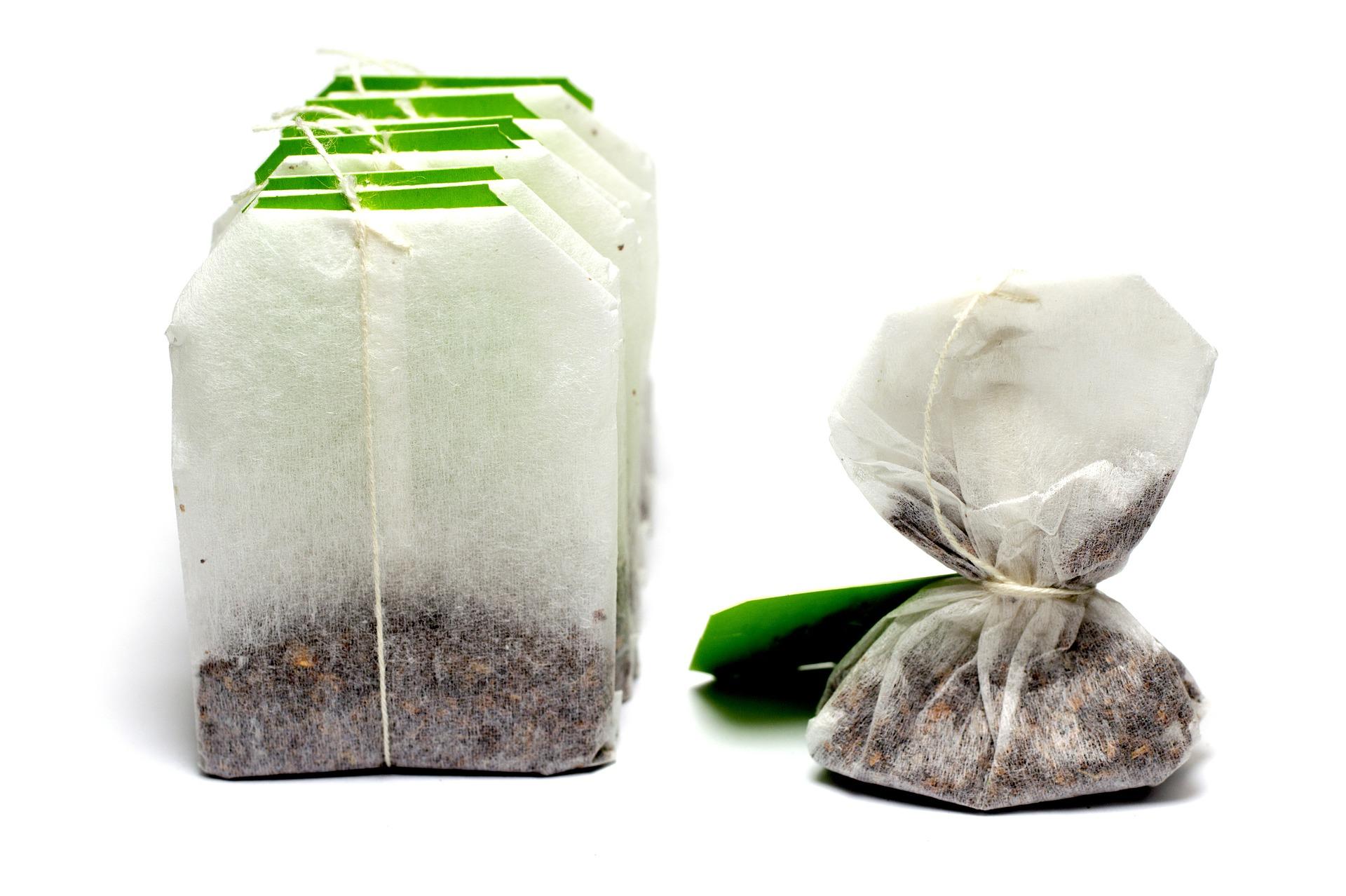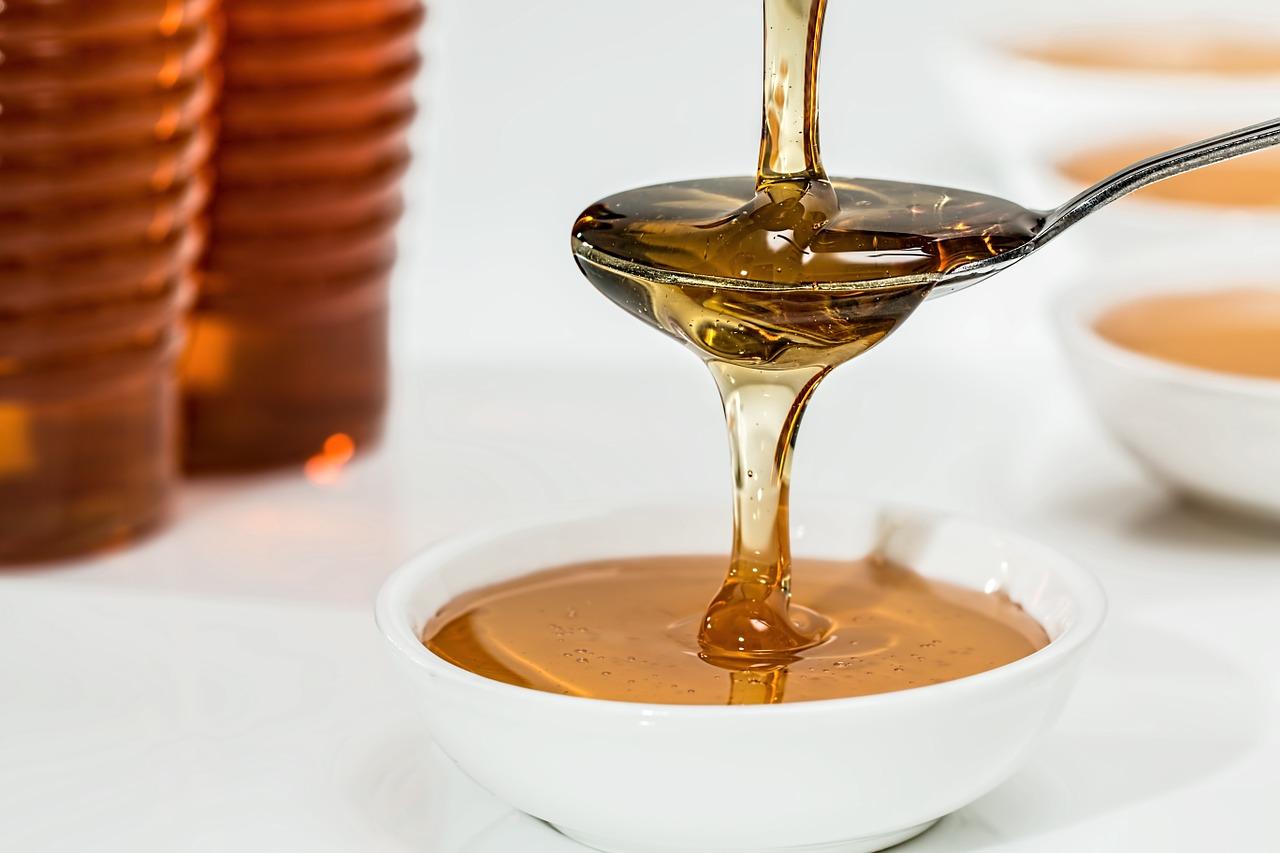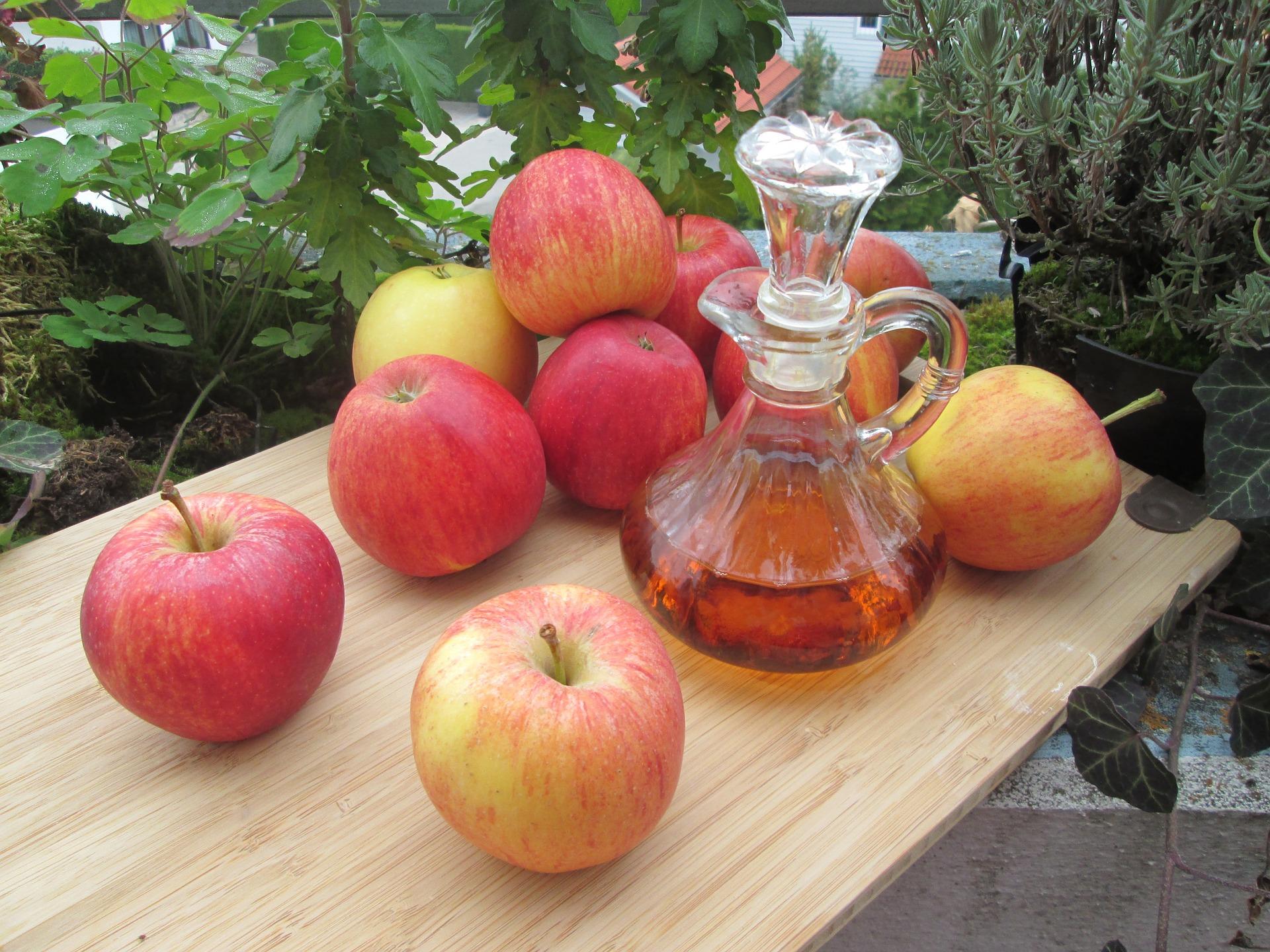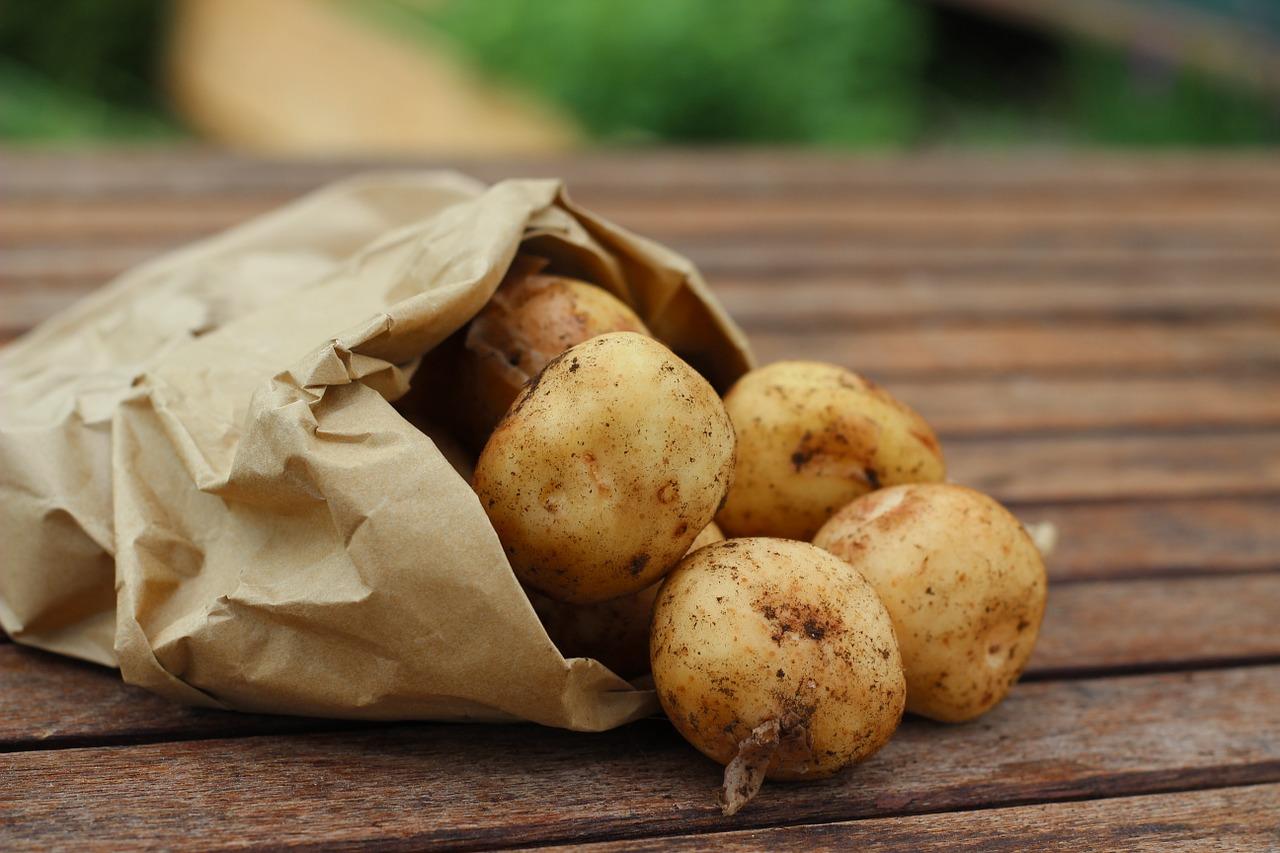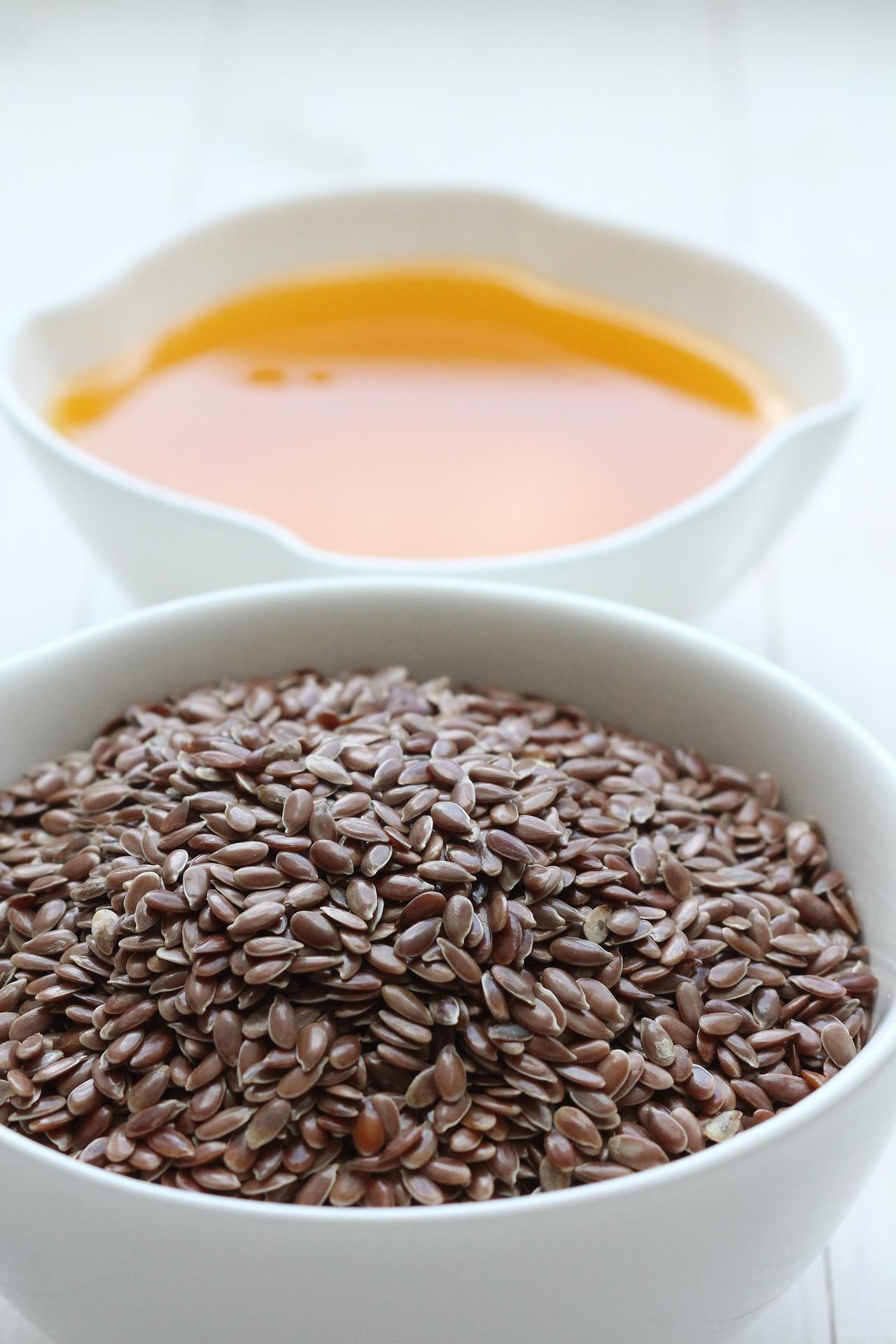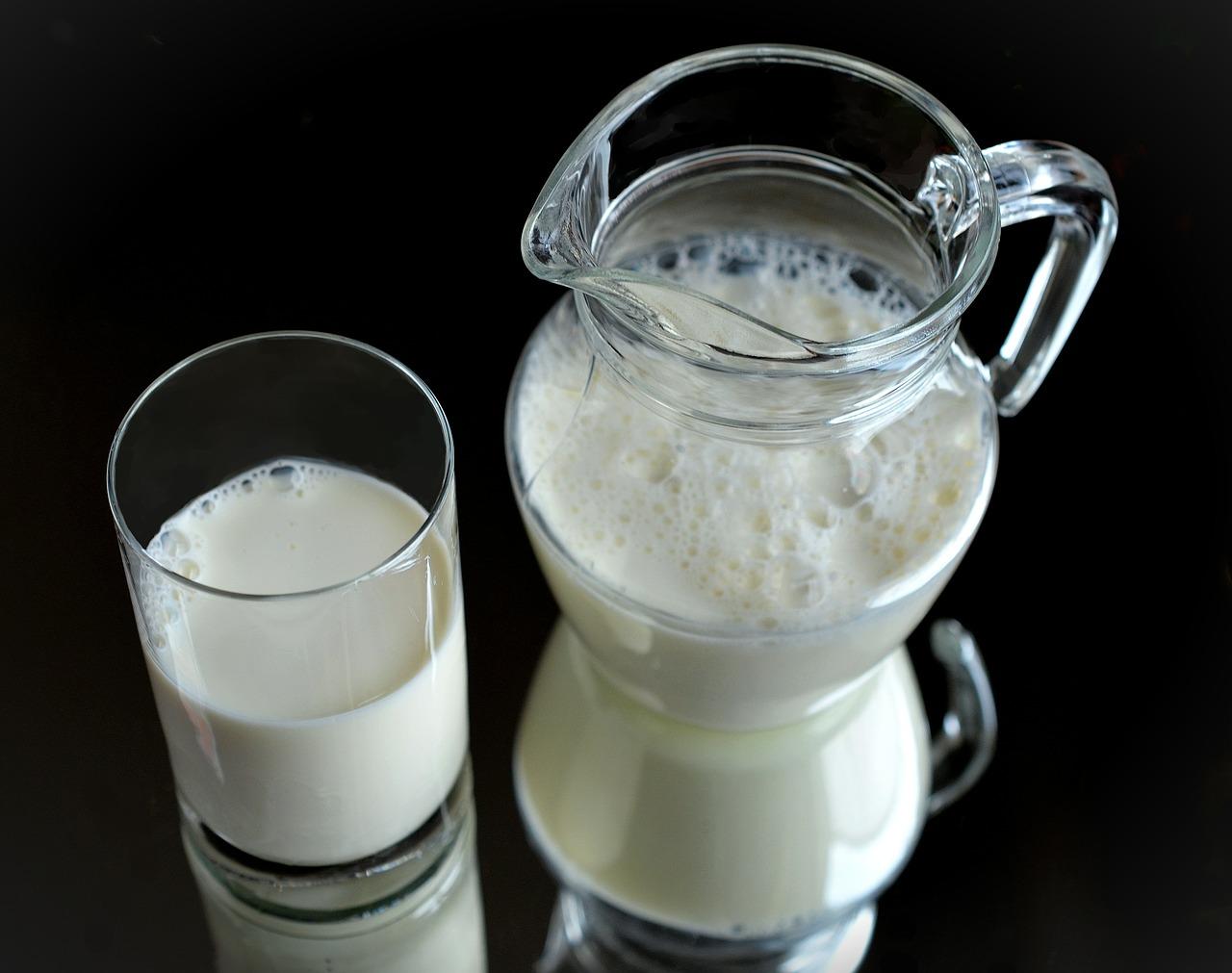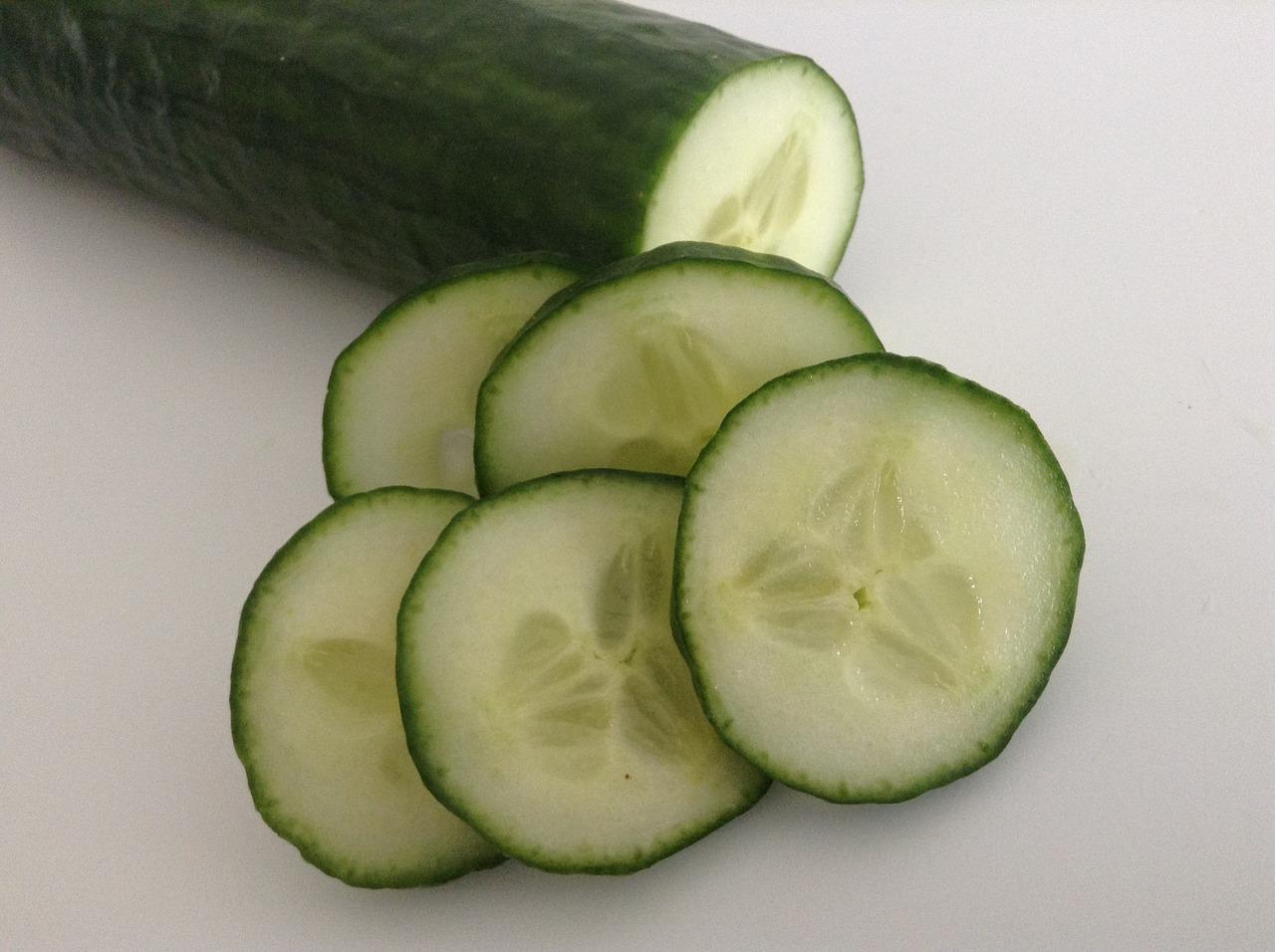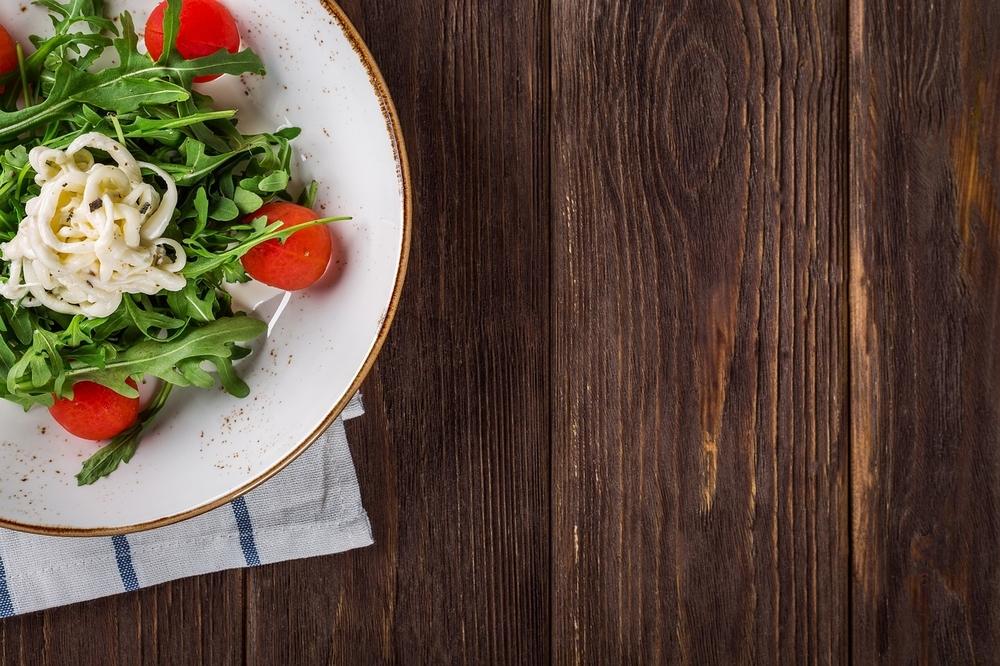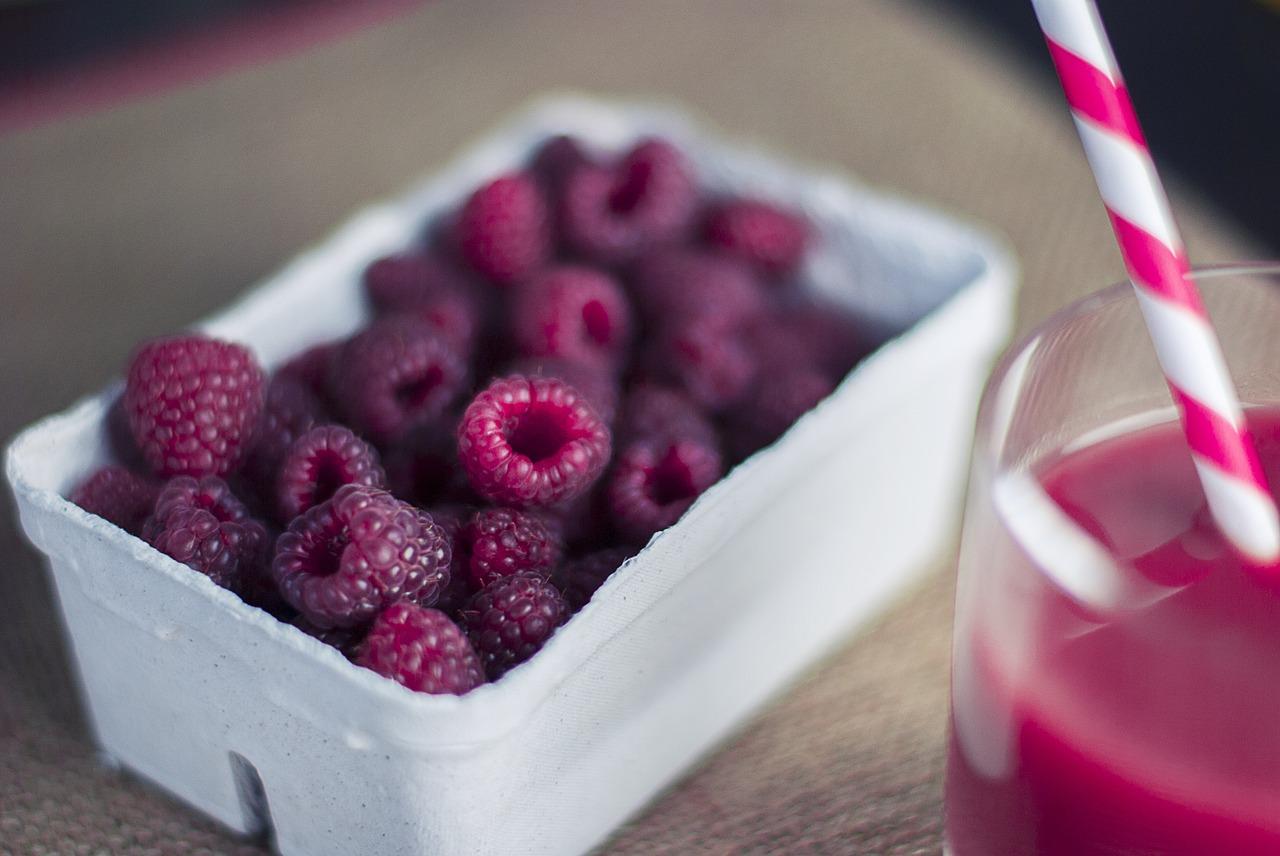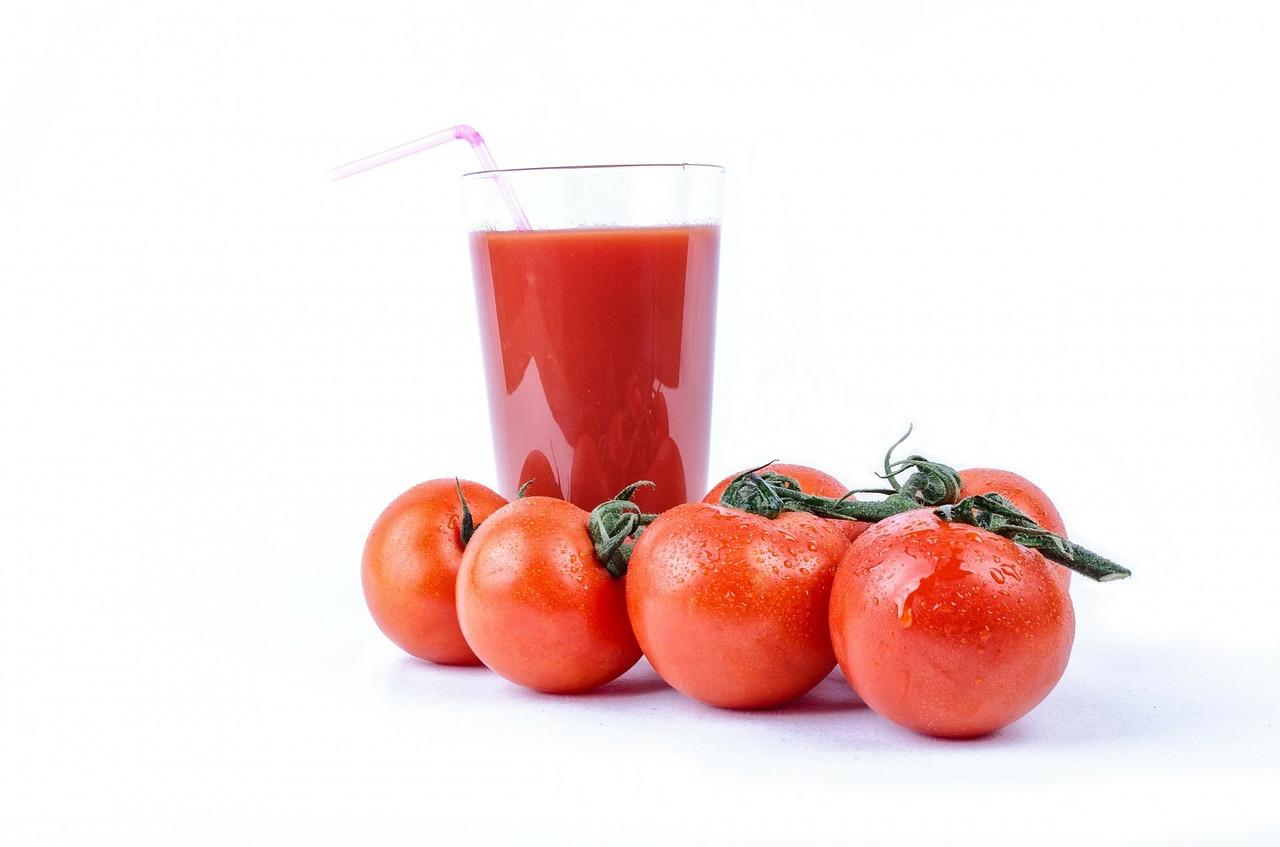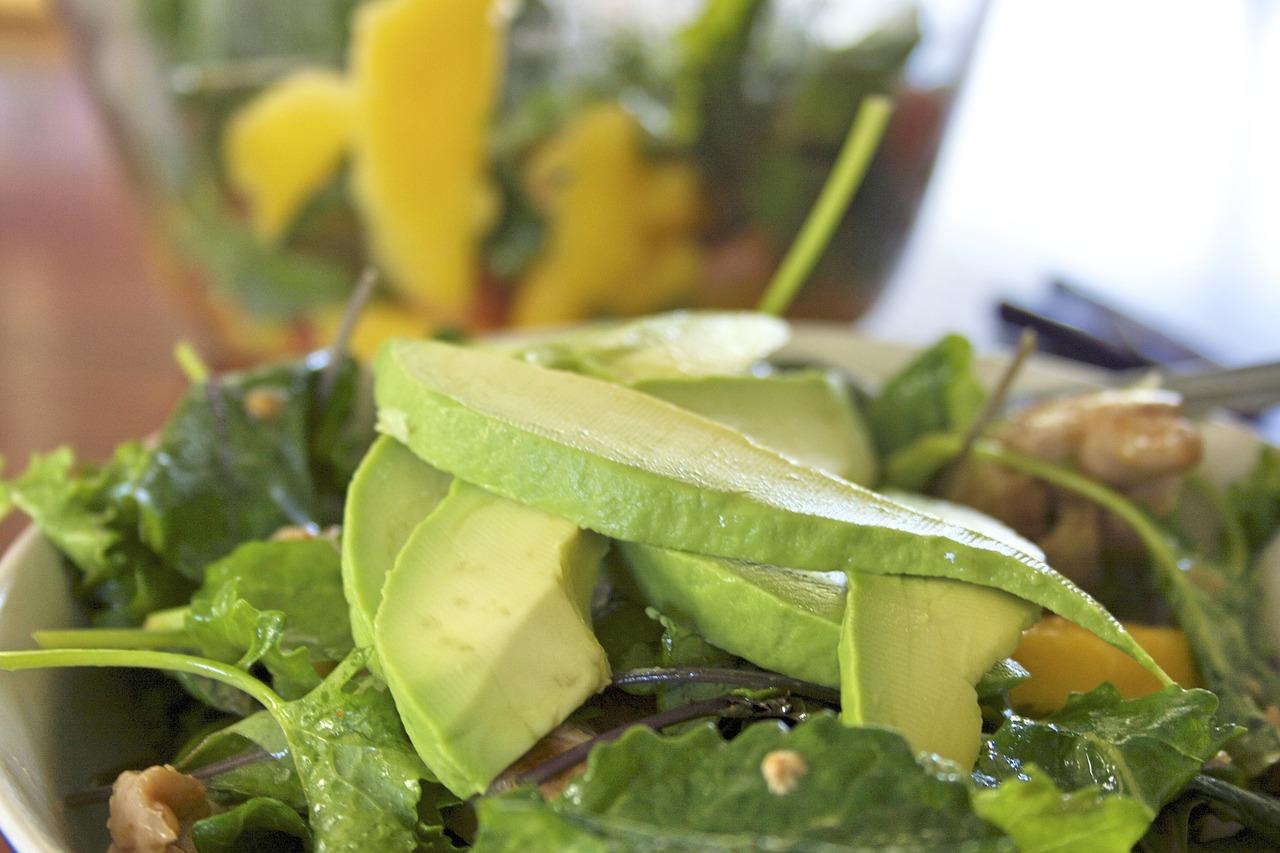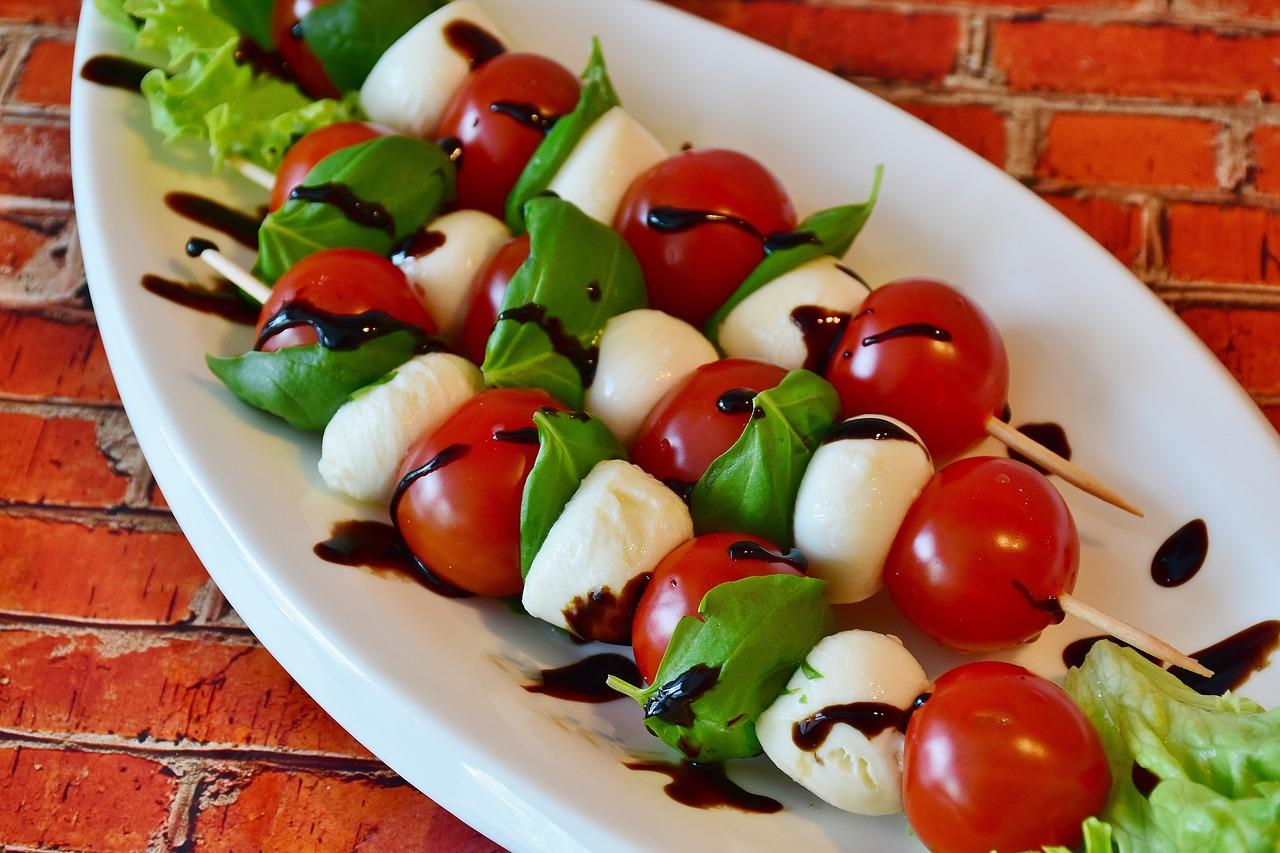People with diabetes, unfortunately, can not always stop at 3-4 meals a day, sometimes they have to "save" snacking between meals to maintain a constant sugar level in their body. The problem with which snack to choose most often appears at work, when access to products suitable for diabetics is unfortunately very limited.
That is why it is worth knowing snacks that are great in crisis situations, and which you can also easily store in your desk. Their plus is that they need neither cooking nor cooling, and yet they can easily wait for their moment up to a week. If you are worried that the availability of these types of snacks may result in overeating, divide them into small portions and pack them into separate bags. Of course, before you introduce them into your diet, it will be safe if you first consult your doctor, remember that each body reacts differently, and the disease of diabetes requires constant cooperation between the doctor and the patient and careful selection of meals.
1. Nuts and seeds
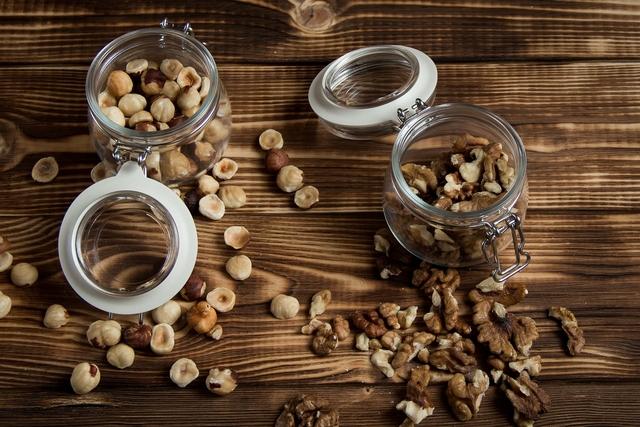
Almonds, pistachios, cashews, brazil nuts, hazelnuts and walnuts are excellent nutritious snacks that do not cause a sudden increase in sugar level and allow you to freely compose the perfect snack for you, you can gently sweeten it by adding raisin to your composition. Sunflower seeds and pumpkin seeds are also very good snacks rich in unsaturated fatty acids and protein.
2. Whole fruits
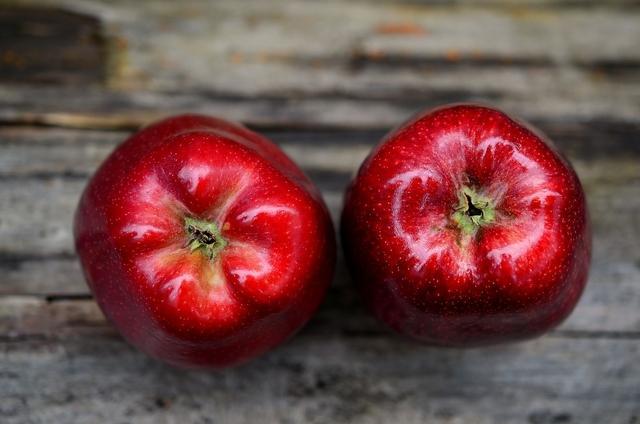
Regardless of whether it is a cup of cherries, a small apple, oranges or pears, i.e. fruits that contain a relatively small amount of sugar, they are all the perfect snack for every day. In addition, these fruits are a rich source of necessary vitamins, minerals and fiber, thanks to which they perfectly support the work of our body. A very good combination is a fruit and nut snack.
3. Peanut butter
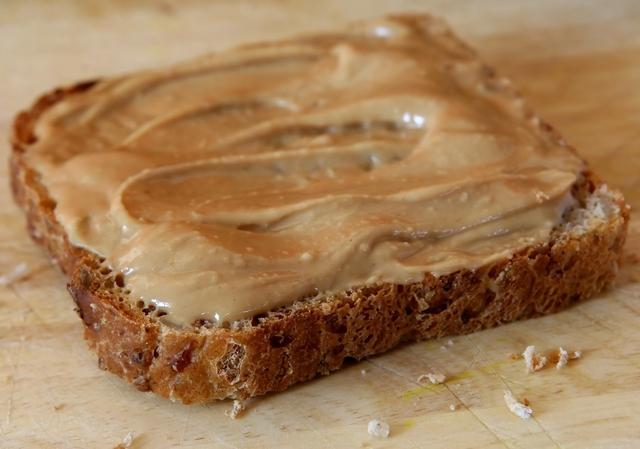
Like whole nuts, natural almond or peanut butter with no added sugar is a good choice if you need a snack during the day. You can grease it with crackers, a slice of whole grain bread or pieces of fruit. It tastes great, e.g. with pear or peach. However, remember to check the labels on the butter of your choice, some products unfortunately contain very large amounts of sugar. Do not keep the entire jar in the drawer, prepare a few individual portions, and store the rest in the fridge, thanks to which the butter will be fresh for a long time.
4. Tuna
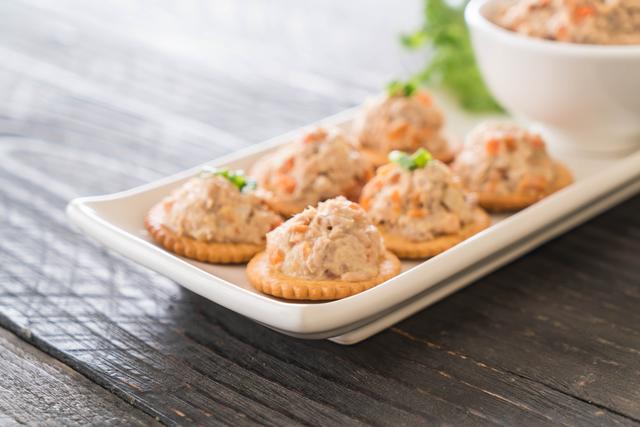
You can easily store a can of tuna in your desk, and when the time comes for a snack, you can season it with pepper and combine it with fresh herbs, spread it on crackers or crispbread, or eat it as an independent meal. Tuna does not contain sugar, and in addition it provides our body with many valuable nutrients, primarily protein and healthy unsaturated fatty acids.
5. Homemade cupcakes, crackers and cookies
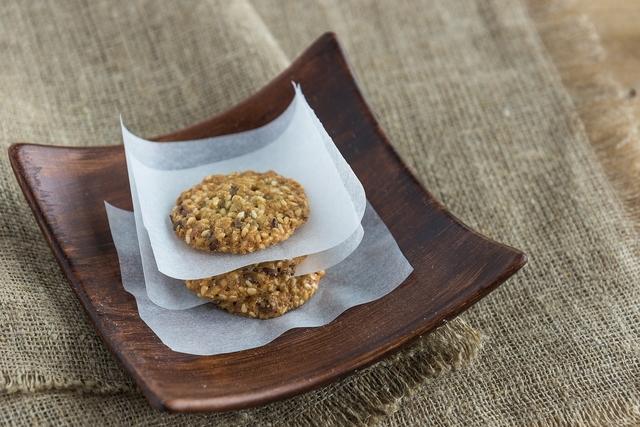
From muffins through bread, cookies to the so-called energy balls, the choice is huge and recipes in magazines, on specialized forums and groups you will find plenty. Diabetic friendly baked snacks are ideal for work and will become a great daily supplement to your diet. Just remember to carefully analyze the recipe and make sure that the products it contains will not harm you. If there are any doubts, always check with your doctor before you start baking. Also remember to keep such baked goods always in an airtight container, then they will be fresh for a long time.

